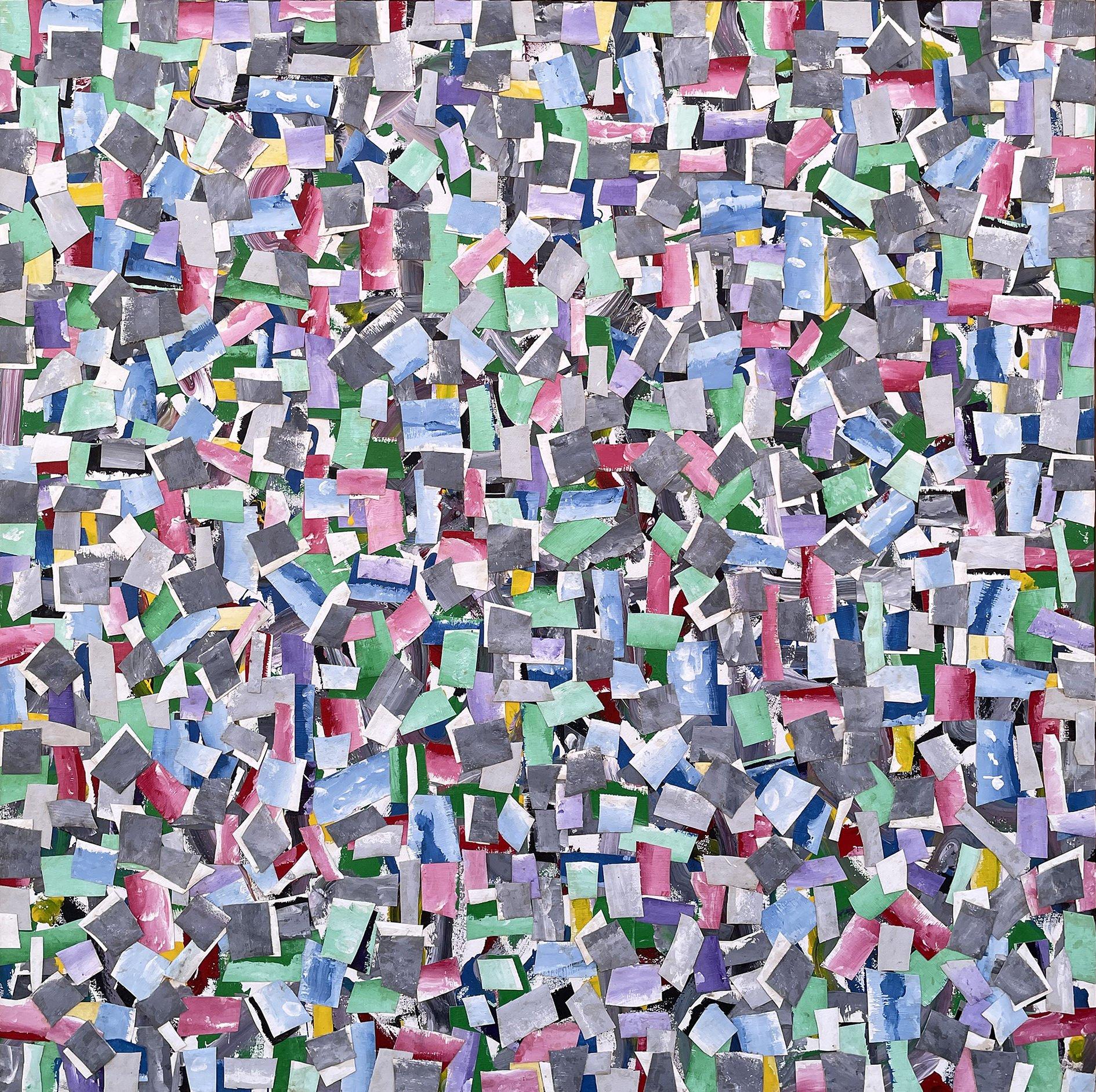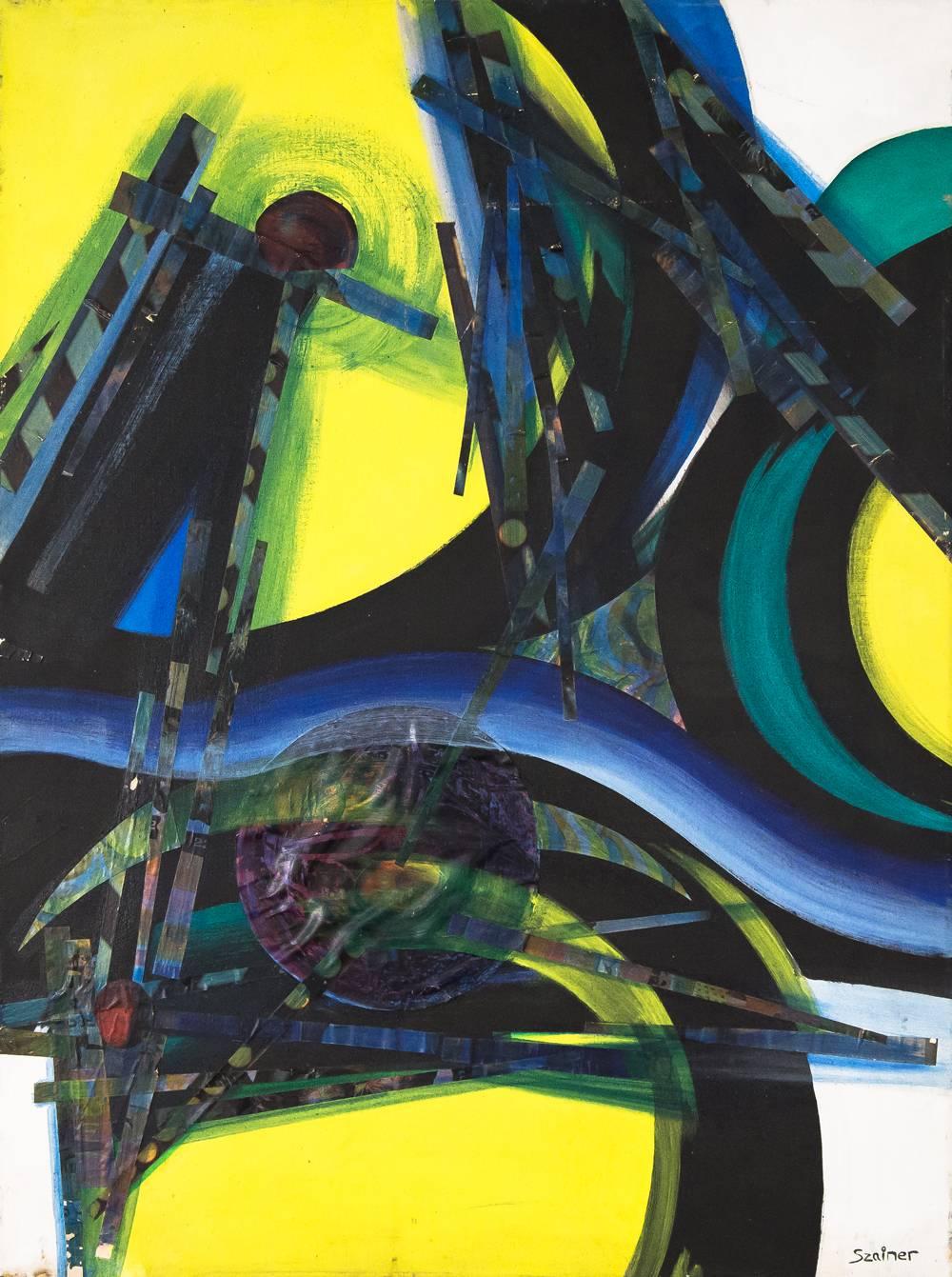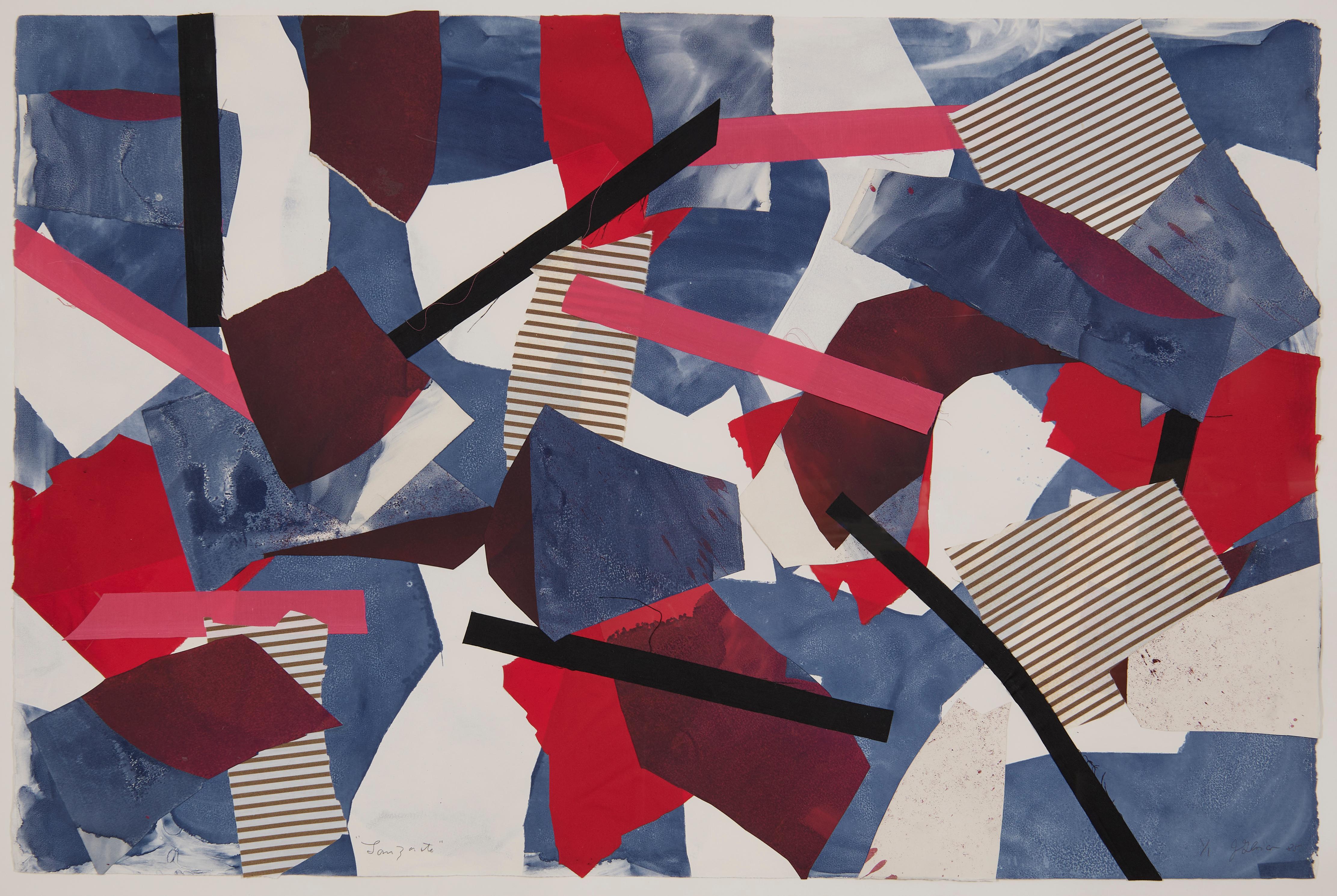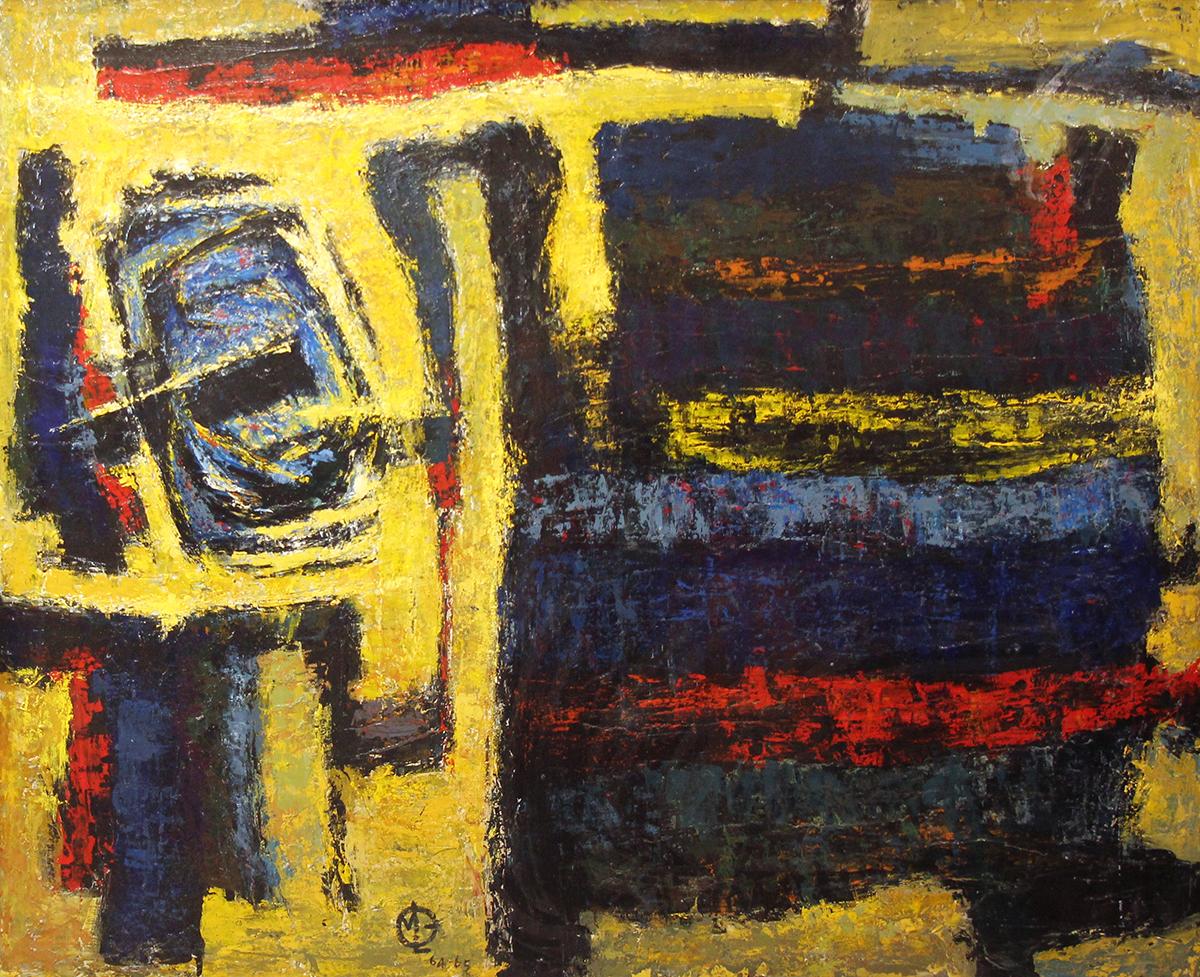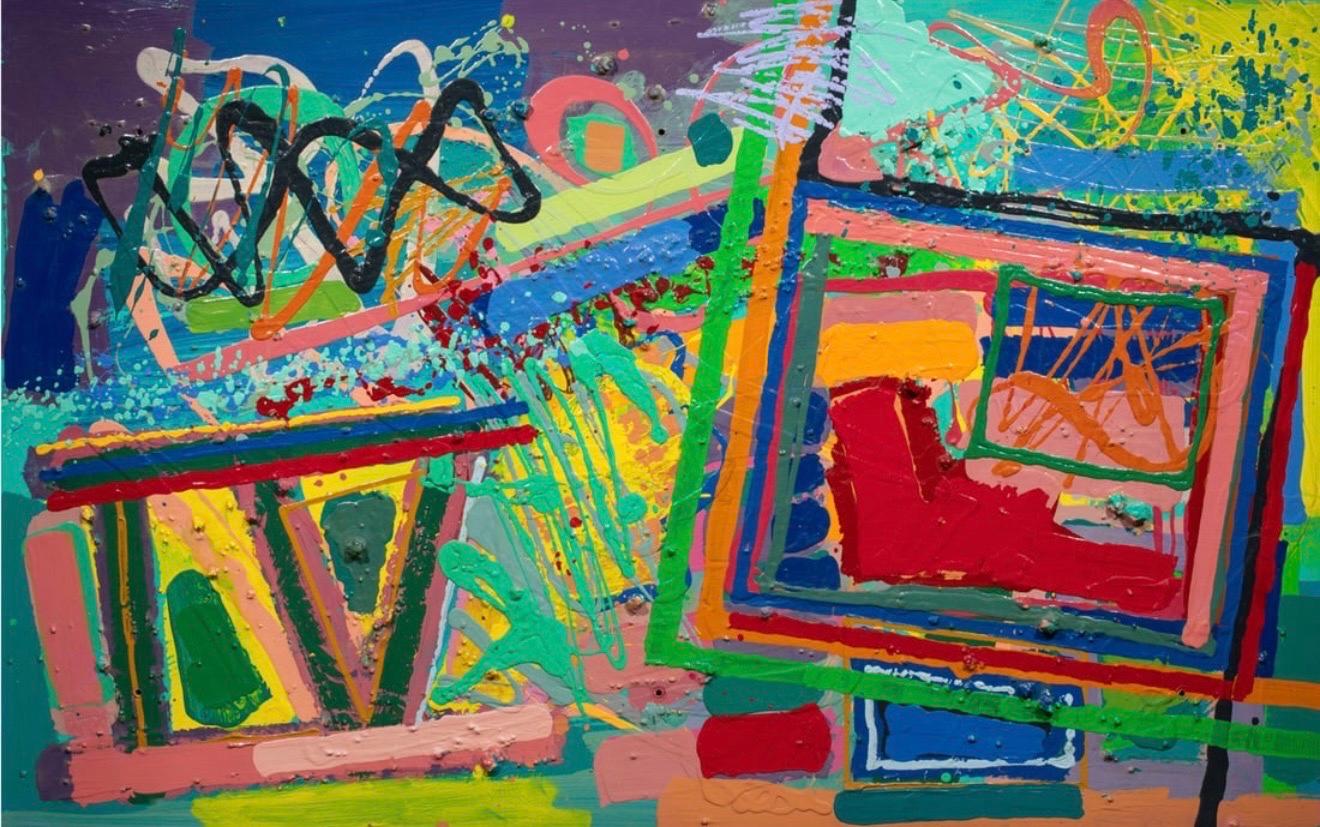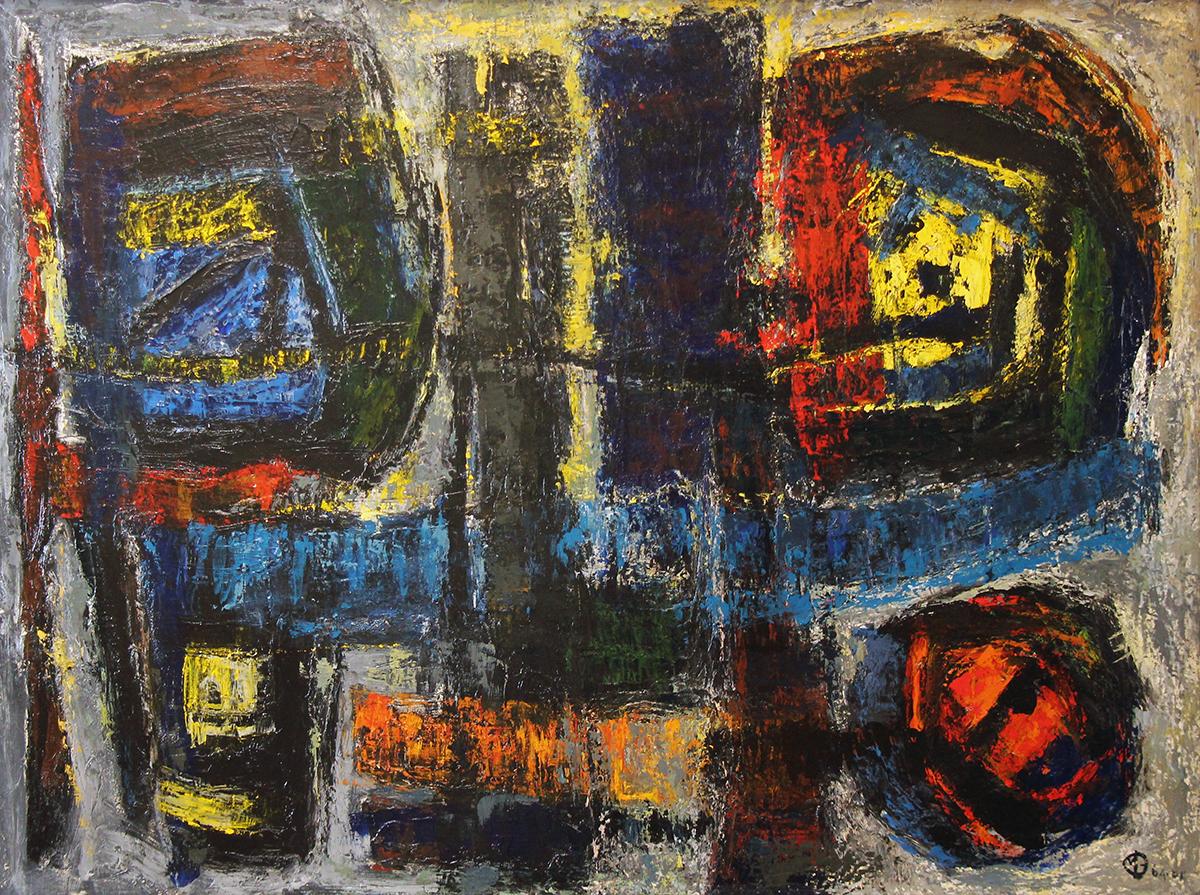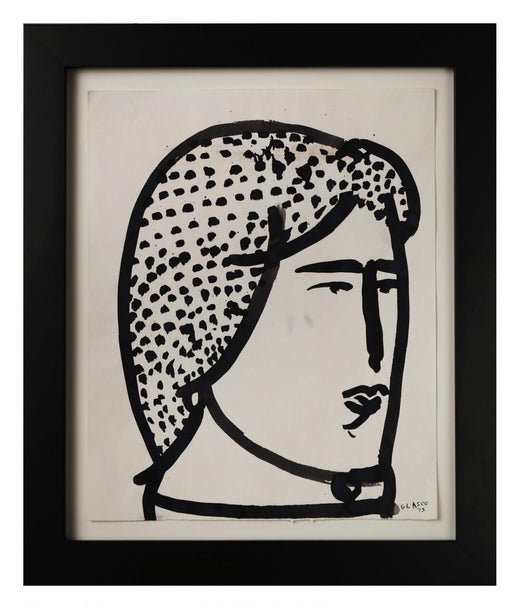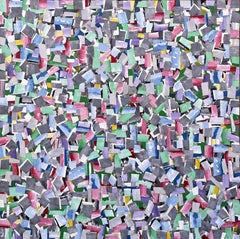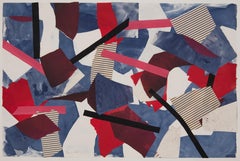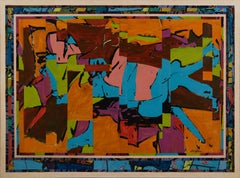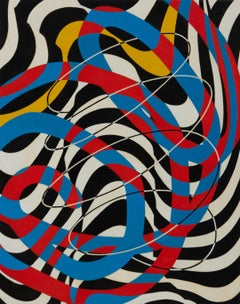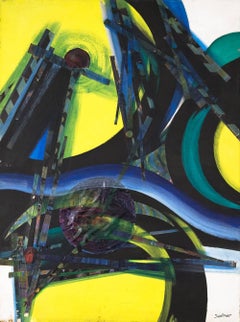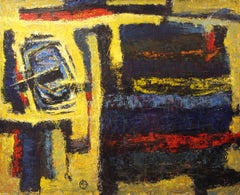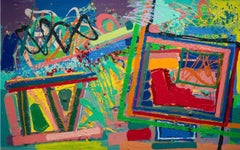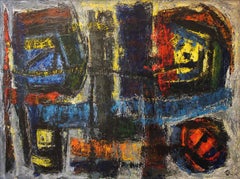Joseph GlascoColorful abstract acrylic collage 20th century painting, New York artist1978-81
1978-81
About the Item
- Creator:Joseph Glasco (1925 - 1996, American)
- Creation Year:1978-81
- Dimensions:Height: 48 in (121.92 cm)Width: 51 in (129.54 cm)
- Medium:
- Movement & Style:
- Period:
- Condition:
- Gallery Location:Beachwood, OH
- Reference Number:1stDibs: LU176829747782
Joseph Glasco
Joseph Glasco was an American abstract expressionist painter and sculptor. Perhaps one of the best kept secrets and one of the most amazing stories of 20th century art. Glasco was born in Oklahoma in 1925. He rose to fame at the young age of 25 and was given a one man show at one of New York’s leading galleries. He was also the youngest artist to be represented in the permanent collection of the Museum of Modern Art. He was also the 15th artist selected by MOMA to tour in the prestigious “Fifteen Americans” sponsored by MOMA in 1952, along with Pollock, Rothko and others. New York was not his comfort zone. He rebelled against the curators, critics and galleries. He left New York for Taos and ultimately settled in Galveston,TX. Close friends, collectors and sponsors included Stanley Seeger and Julian Schnabel. In 1980, Glasco toured India, Turkey and other countries in the region collecting silks, cloths which he incorporated into a few of his paintings as pictured here. A truly remarkable artist and story as chronicled by Michael Raeburn in The Fifteenth American. He graduated from the University of Texas at Austin. Shortly after, he enlisted in the United States Army during World War II and he served in the Battle of the Bulge. After the war, he enrolled at the Portsmouth Art School in Bristol, England. He also studied at the School of Painting and Sculpture, in San Miguel de Allende, Mexico. He subsequently attended the Art Students League of New York. His works are on permanent display in numerous museums, including The Metropolitan Museum of Art, The Museum of Modern Art, the Solomon R. Guggenheim Museum, the Whitney Museum of American Art in New York City, the Hirshhorn Museum in Washington and The Museum of Fine Arts, Houston.
- ShippingRetrieving quote...Shipping from: Beachwood, OH
- Return Policy
More From This Seller
View All1980s Abstract Abstract Paintings
Acrylic
1980s Abstract Mixed Media
Fabric, Paper, Monotype
1980s Abstract Expressionist Abstract Paintings
Ink, Acrylic
Late 20th Century Abstract Abstract Paintings
Oil
1980s Abstract Expressionist Abstract Paintings
Ink, Acrylic
1960s Abstract Expressionist Abstract Paintings
Oil
You May Also Like
20th Century Abstract Expressionist Abstract Paintings
Mixed Media
1960s Abstract Abstract Paintings
Oil, Board
1970s Abstract Expressionist Abstract Paintings
Acrylic, Wood Panel
1960s Abstract Abstract Paintings
Oil, Board
1960s Abstract Abstract Paintings
Oil, Board
1970s Abstract Expressionist Abstract Paintings
Acrylic, Wood Panel
